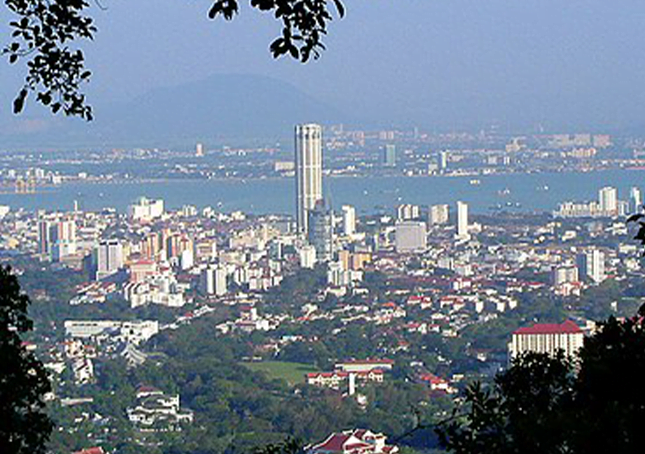British Malaya

The term “British Malaya” (/məˈleɪə/; Malay: Tanah Melayu British) loosely describes a set of states on the Malay Peninsula and the island of Singapore that were brought under British hegemony or control between the late 18th to the mid-20th century.
Unlike the term “British India”, which excludes the Indian princely states, British Malaya is often used to refer to the Federated and Unfederated Malay States, which were British protectorates with their own local rulers, as well as the Straits Settlements, which were under the sovereignty and direct rule of the British Crown, after a period of control by the East India Company.
Before the formation of the Malayan Union in 1946, the territories were not placed under a single unified administration, with the exception of the immediate post-war period when a British military officer became the temporary administrator of Malaya.
Instead, British Malaya comprised the Straits Settlements, the Federated Malay States, and the Unfederated Malay States. Under British hegemony, Malaya was one of the most profitable territories of the Empire, being the world’s largest producer of tin and later rubber. During the Second World War, Japan ruled a part of Malaya as a single unit from Singapore.
The Malayan Union was unpopular and in 1948 was dissolved and replaced by the Federation of Malaya, which became fully independent on 31 August 1957. On 16 September 1963, the federation, along with North Borneo (Sabah), Sarawak, and Singapore, formed the larger federation of Malaysia.
The British first became formally involved in Malay politics in 1771, when Great Britain tried to set up trading posts in Penang, formerly a part of Kedah. The British colonised Singapore in 1819 and were in complete control of the state at that time.
